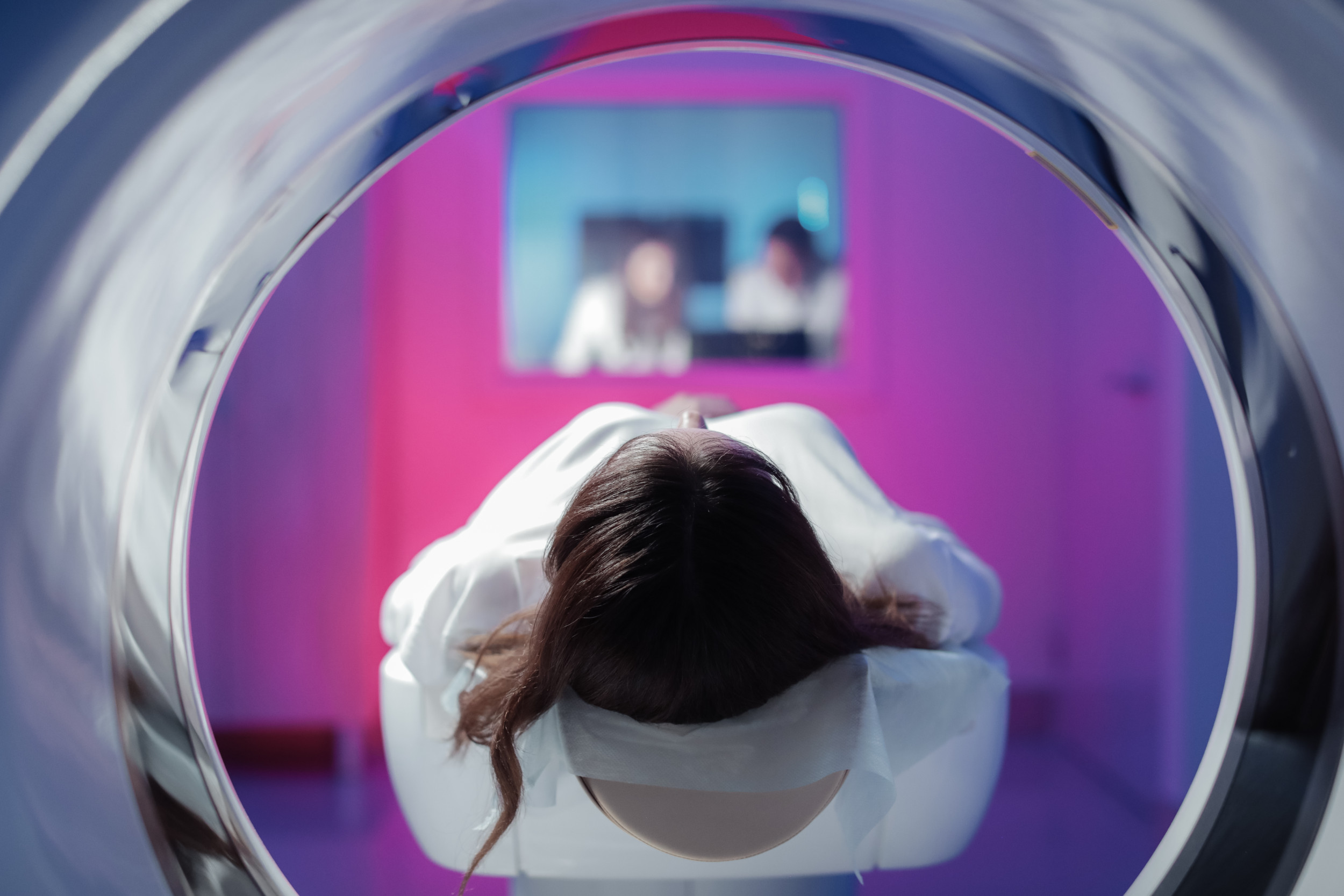
Radiation from medical scans has been linked to a higher risk of blood cancers in children.
One in 10 blood cancers in children and adolescents—around 3,000 cancers in all—may be attributable to this exposure, according to estimates from UC San Francisco and UC Davis researchers.
From examining the data of nearly 4 million children, researchers found the risk increased proportionally based on the cumulative amount of radiation the children received, according to a press release.
“There is growing awareness in the U.S. that imaging is overused and that we use imaging in many low value situations—meaning where it doesn’t contribute to patients’ diagnosis. This paper highlights an important harm of using low-value imaging,” study author Dr. Rebecca Smith-Bindman, a radiologist and professor of epidemiology and biostatistics at UCSF, told Newsweek.
The team says the National Institutes of Health (NIH)-funded study is the first comprehensive assessment using data from children and adolescents in North America that quantifies the link between radiation exposure from medical imaging and blood and bone marrow cancers.
These include leukemia and lymphoma, which are among the most common forms of cancer in young people.
An estimated 54,025 children and adolescents younger than 20 in the U.S. are living with or in remission from blood cancers leukemia, lymphoma, myeloma, myelodysplastic syndromes (MDS) or myeloproliferative neoplasms (MPNs), according to Blood Cancer United.
Medical imaging aims to save lives by helping to promptly diagnose patients and quickly determine the most effective treatments for them, which is known to help increase the likelihood of better outcomes.
However, it also exposes patients to ionizing radiation, which can promote the development of cancer, particularly through computed tomography (CT) scans.
“Children are particularly vulnerable to radiation-induced cancer due to their heightened radiosensitivity and longer life expectancy,” said Smith-Bindman in a statement.
“While medical imaging can be lifesaving, our findings underscore the critical need to carefully evaluate and minimize radiation exposure during pediatric imaging to safeguard children’s long-term health.
“This involves ensuring that imaging is performed only when it provides essential information for the child’s care.”
The study looked back at the complete imaging histories of 3.7 million children who were born between 1996 and 2016 and were treated at six health care systems in the U.S. and in Ontario, Canada.
The research team discovered a “significant relationship” between the total radiation dose over a period of time and the risk of a hematologic malignancy, which includes tumors affecting the blood, bone marrow, lymph and lymphatic system.
They found the risk of developing cancer varied significantly depending on the type of medical technology or technique used. CT, used to detect many abnormalities like tumors, heart disease and injuries of the spinal cord and brain, involves a far higher dose of radiation exposure. But radiographs, which are used to diagnose both broken bones and pneumonia, expose children to much lower doses.
“[P]articularly for CT scans that deliver much higher doses, it’s important that these scans be done using the lowest possible radiation doses,” Smith-Bindman told Newsweek. “This is an area where there is meaningful opportunity to lower and standardize doses.”
The researchers discovered chest radiography was the most common imaging exam that doctors performed, while the most common form of CT was of the head and brain.
For children who received a head CT, the researchers attributed about a quarter of their hematologic malignancies that followed to the radiation exposure. Meanwhile, they estimated only a small fraction of the children’s cancers that followed radiographs was linked to the radiation, according to the press release.
Getting one or two head CTs was associated with a 1.8 times higher risk of a cancer diagnosis. This crept up to 3.5 times for children who received more scans and were therefore exposed to more radiation.
Some 2,961 hematologic malignancies were diagnosed during the study period in total. Lymphoid malignancies made up 79.3 percent, while myeloid malignancies and acute leukemia together made up 15.5 percent. About 58 percent of cancers occurred in males and about half were diagnosed in children under 5.
Up to 10 percent of hematologic malignancies in children and adolescents could be prevented by reducing unnecessary imaging and optimizing radiation doses, the authors say.
The researchers are not arguing to replace the value of medical imaging in all instances in paediatric care, but instead to balance its benefits with risks more closely.
“There is a real opportunity to use non-radiation modalities such as MRI and ultrasound. These cannot replace all X-rays like radiographs or CTs, but can replace some. For example ultrasound is a very good test for acute appendicitis and should be used more often than is currently used,” Smith-Bindman explained.
“But when a child needs imaging—for example for acute trauma or to diagnose a serious disease where radiation base imaging is the best test, then the benefit of the imaging outweighs the radiation cancer risk.”
“Our findings align with international research highlighting that children are especially radiosensitive,” author Diana Miglioretti, UC Davis health professor and chief of the Division of Biostatistics, added in a statement.
“It’s crucial for clinicians to weigh the immediate benefits of imaging against potential long-term health risks and to optimize imaging protocols to minimize radiation exposure.”
Do you have a tip on a health story that Newsweek should be covering? Do you have a question about type 1 diabetes? Let us know via health@newsweek.com.
References



